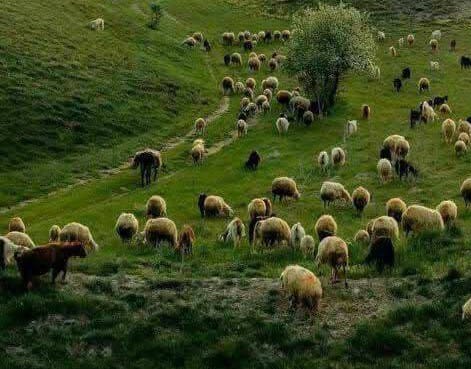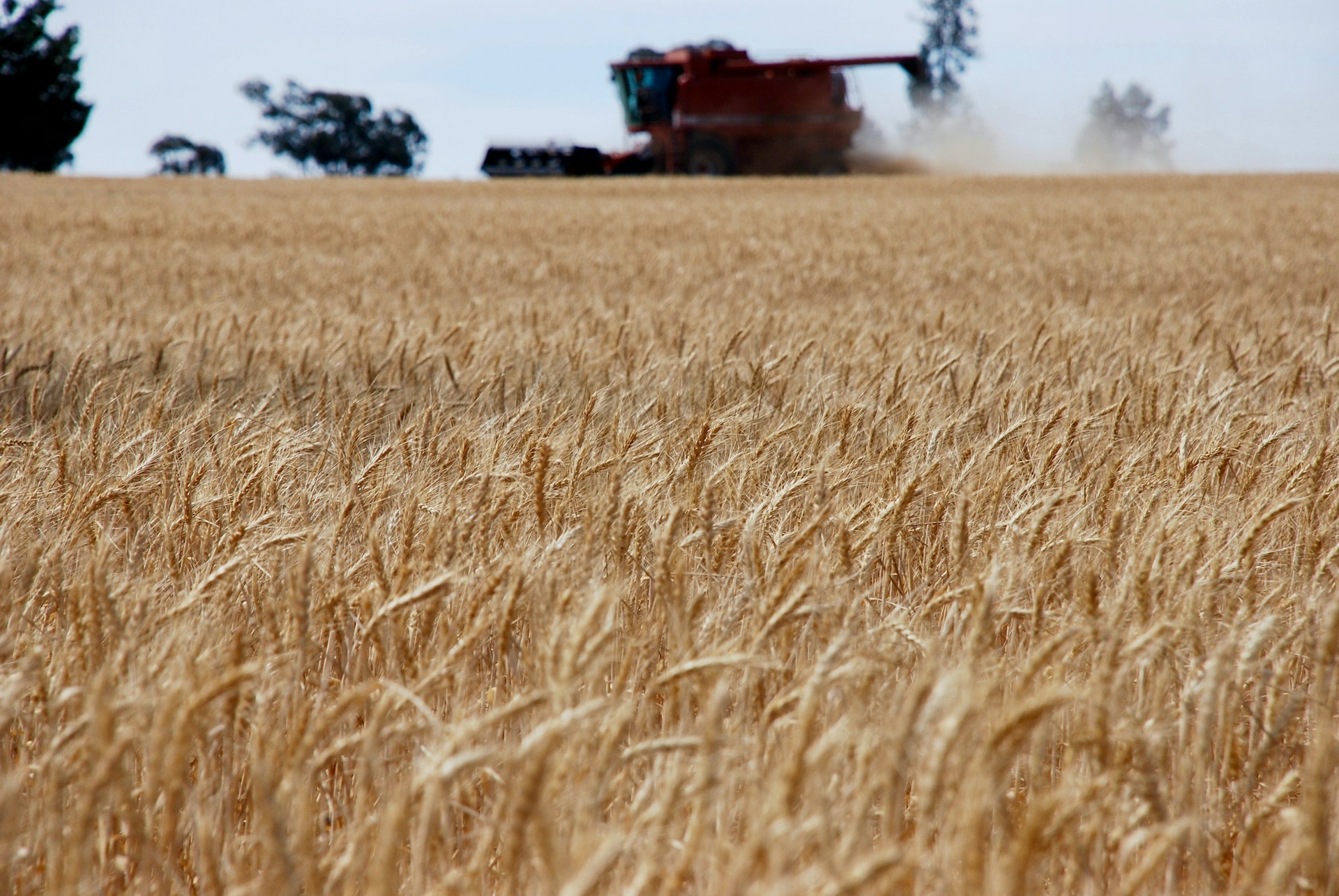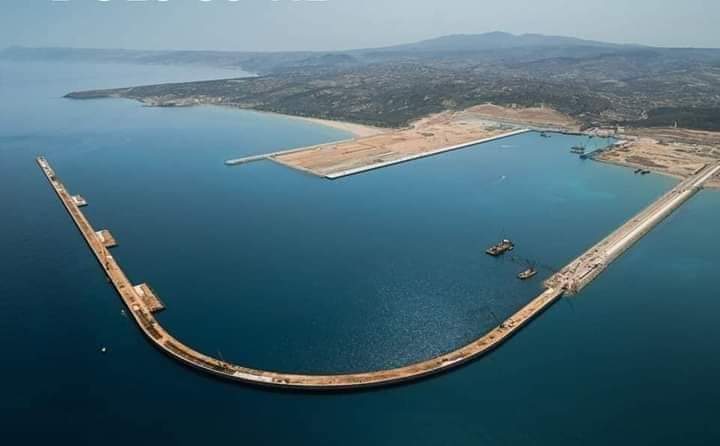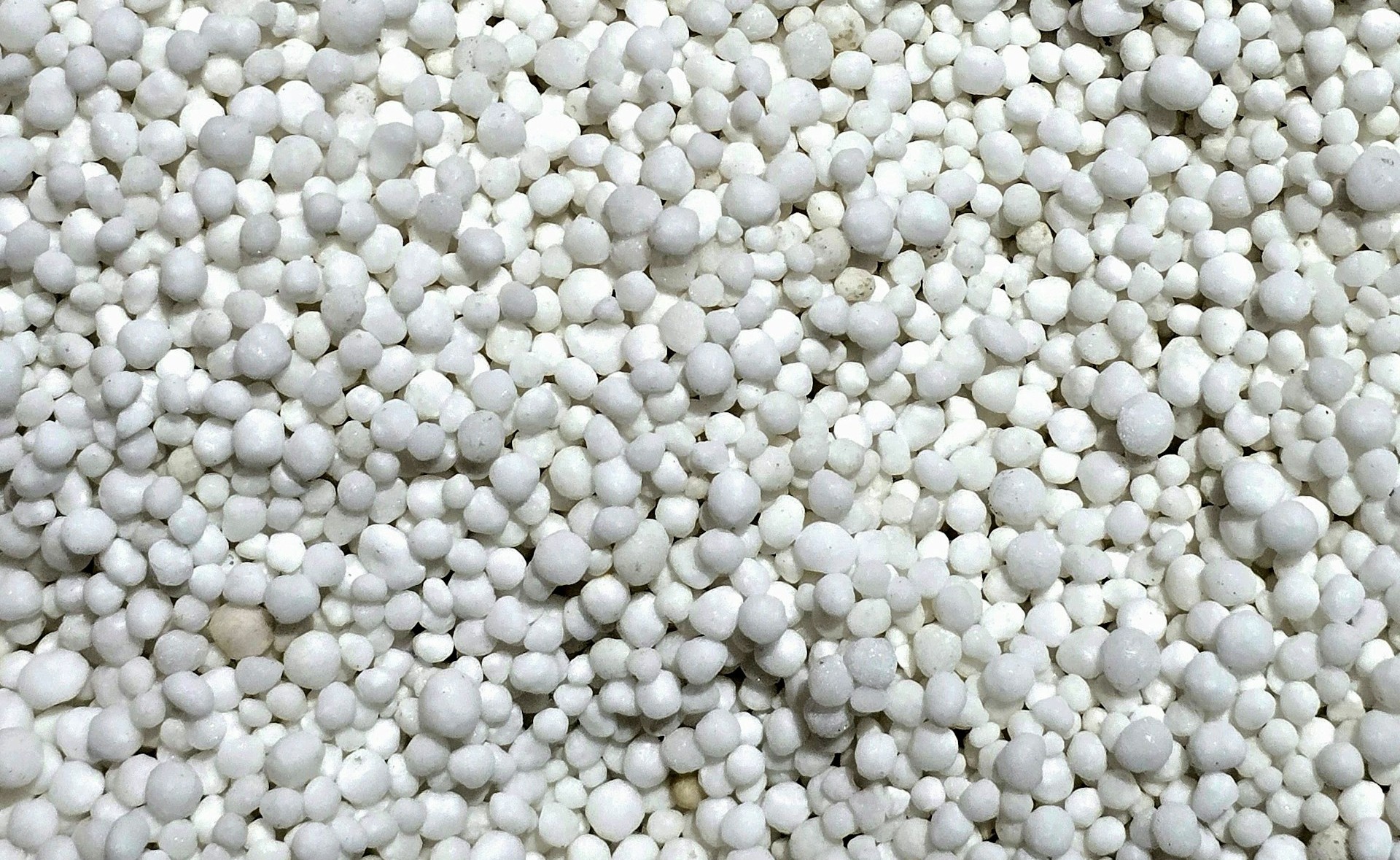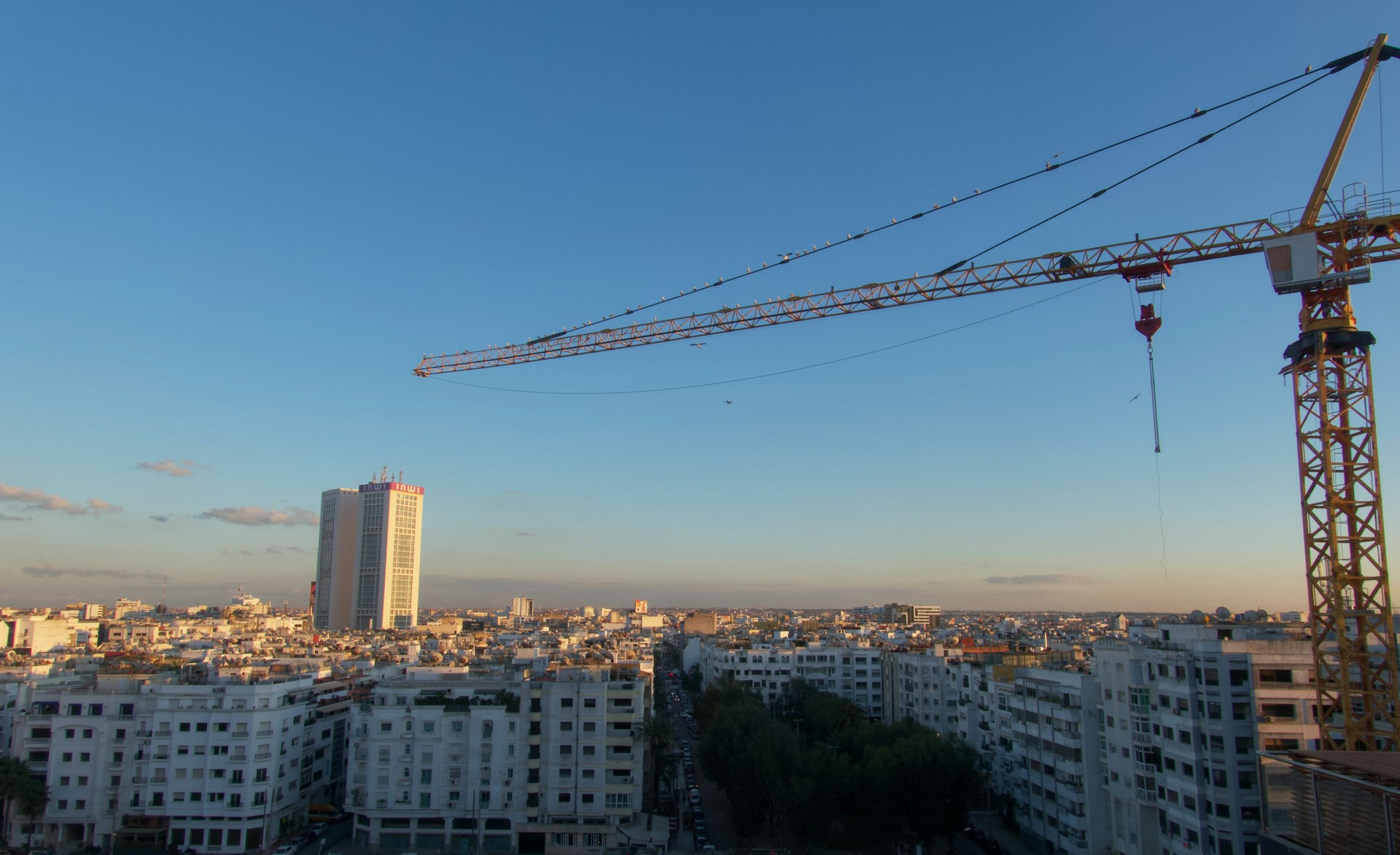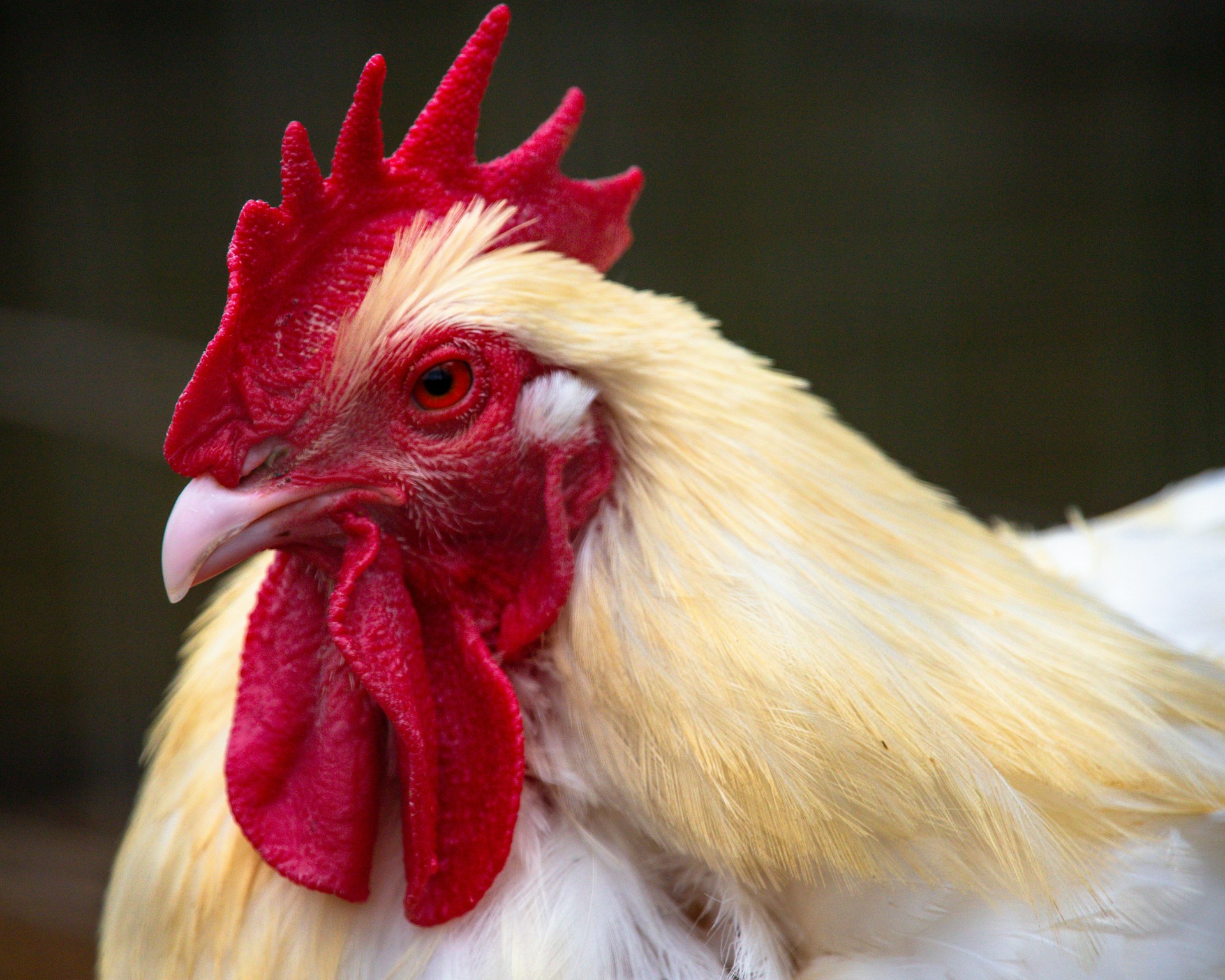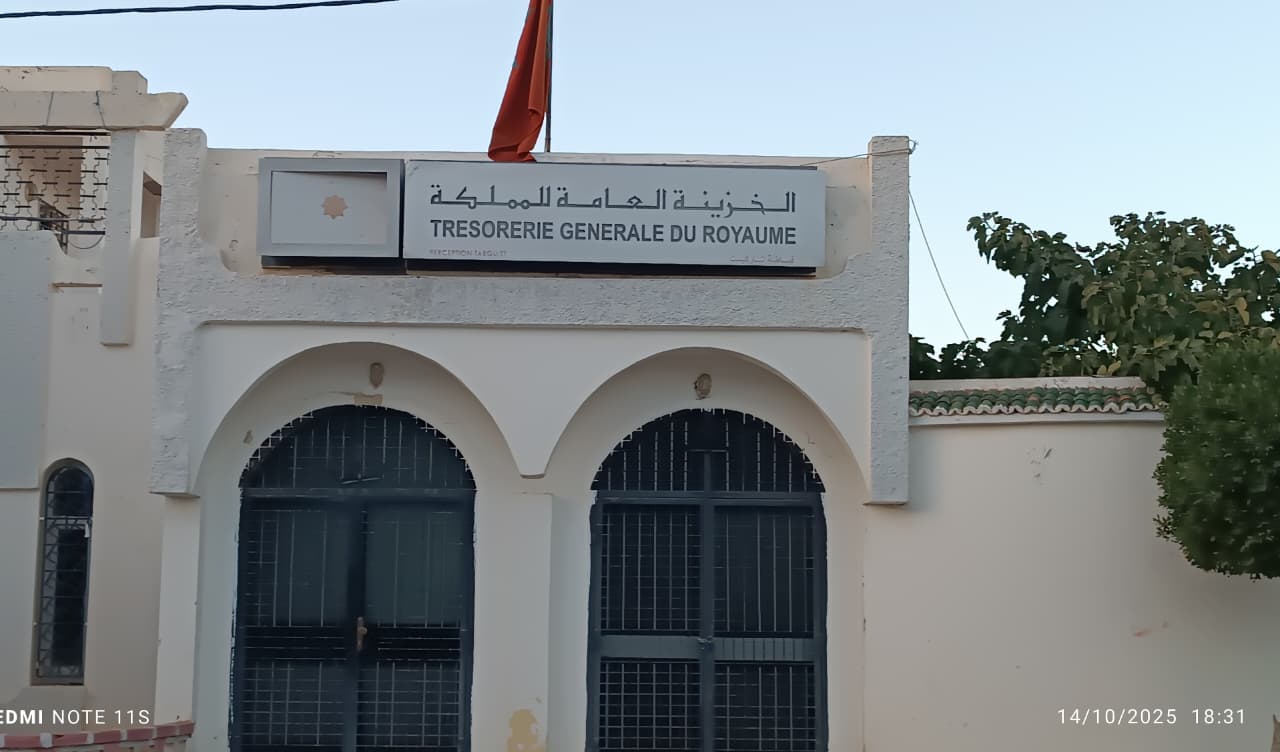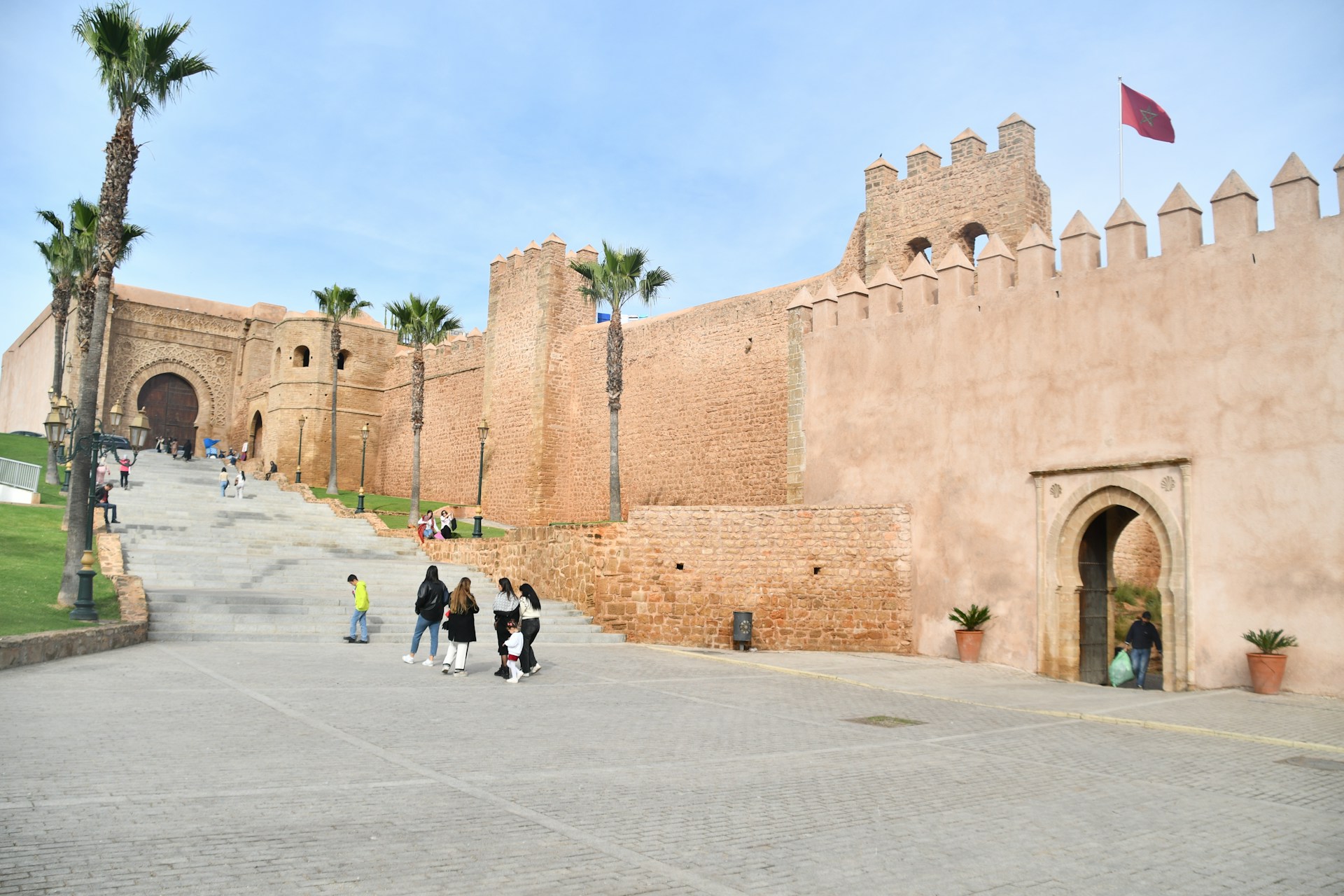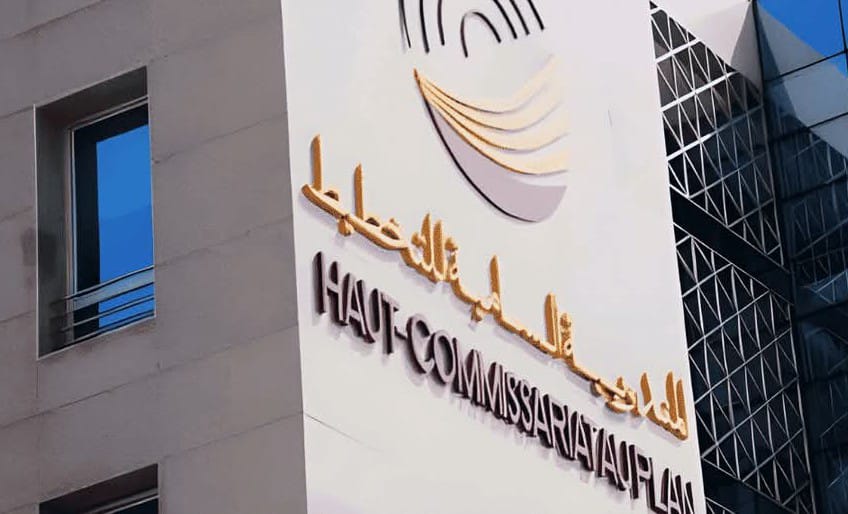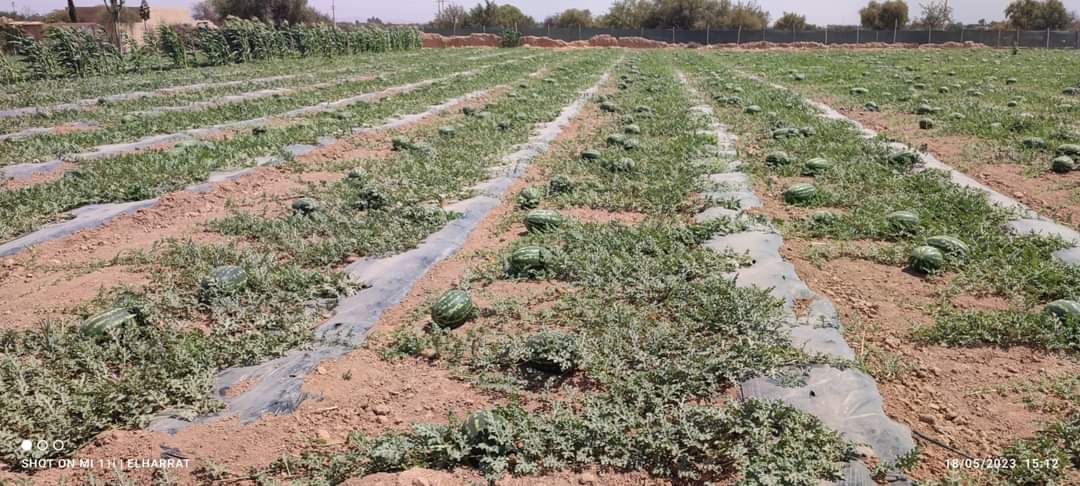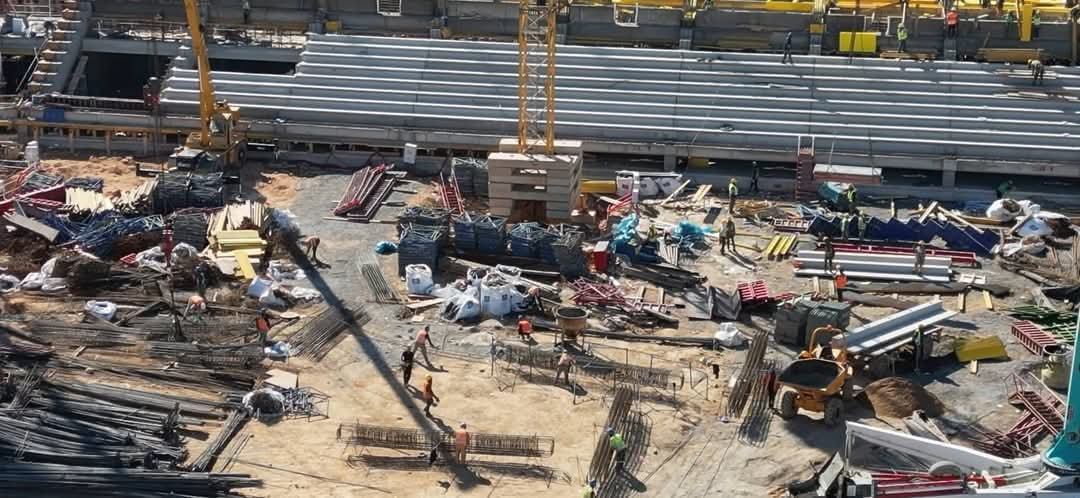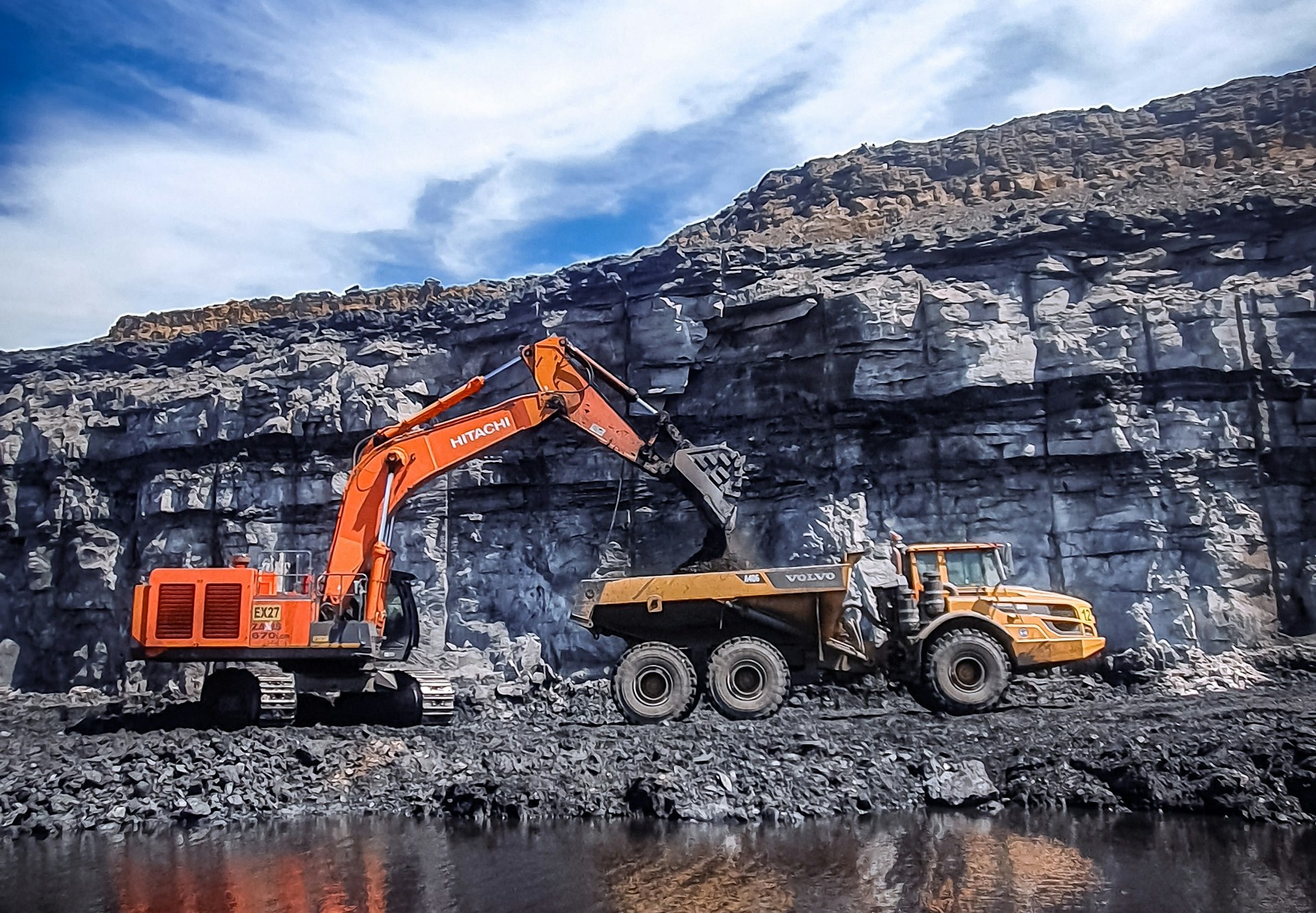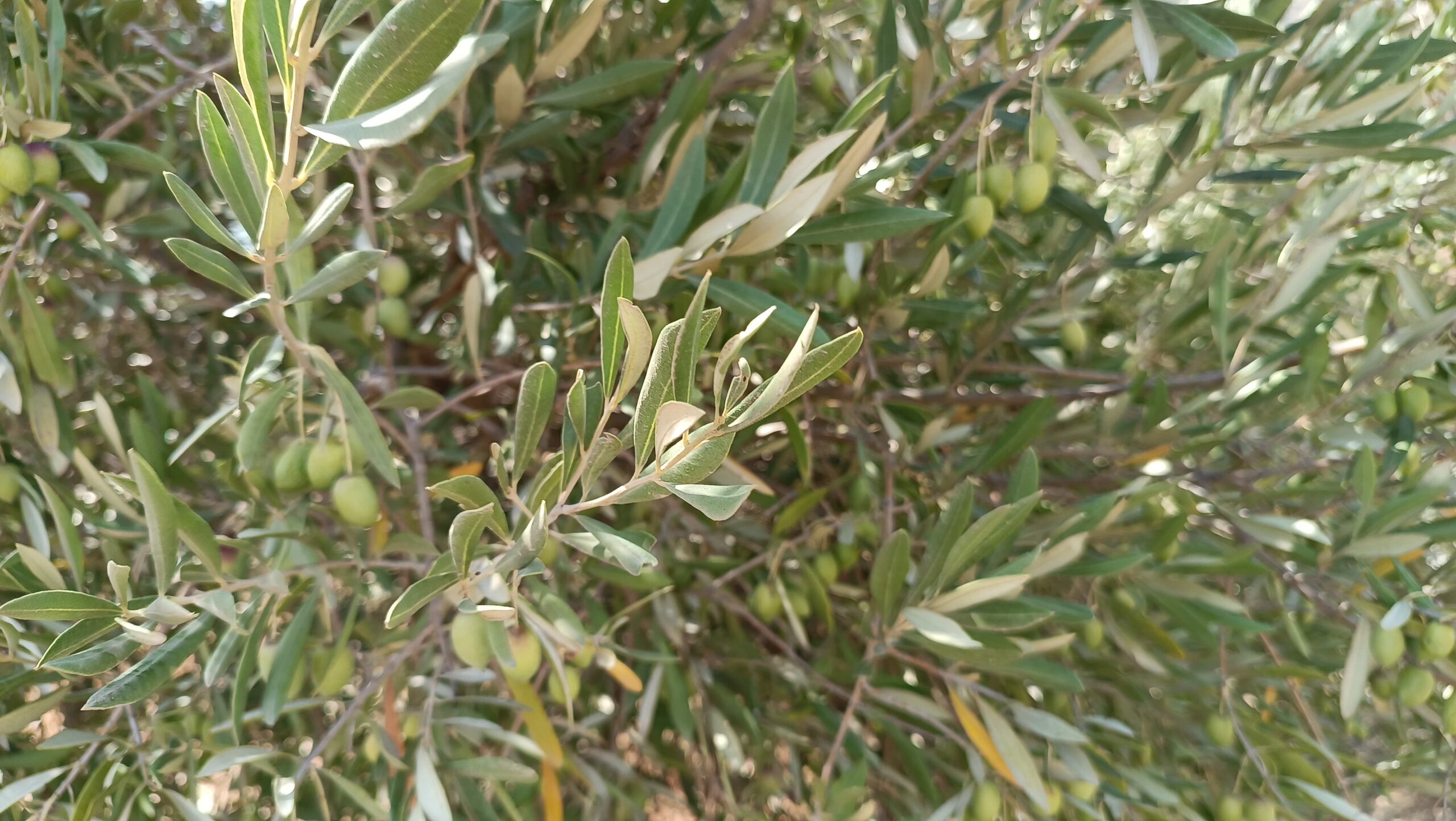Casablanca – The Moroccan real estate market continues to evolve in 2024, influenced by economic trends, infrastructure projects, and foreign investment. Prices vary significantly across the country, reflecting local demand, urban development, and proximity to key amenities. Casablanca, Marrakech, Rabat, and Tangier stand out as the most dynamic cities in the market, each with unique characteristics shaping their real estate landscapes. Below is an in-depth look at property prices in these major cities.
Casablanca: The economic capital with premium prices
As Morocco’s largest city and financial hub, Casablanca boasts the highest real estate prices. The average price per square meter is approximately $1,550, but variations across neighborhoods are significant. In luxury districts like Anfa, Maarif, and Casablanca Marina, prices can soar to around $2,580 per square meter, appealing to high-end investors. Meanwhile, in more affordable areas like Hay Mohammadi and Bouskoura, prices range between $825 and $1,240 per square meter. The city’s ongoing urban expansion and rising housing demand continue to drive prices upward, although economic uncertainties may introduce market fluctuations.
Marrakech: A booming market driven by tourism
Marrakech, renowned for its tourism appeal and cultural heritage, maintains a dynamic real estate sector. In prime tourist areas such as the Medina, prices often exceed $2,580 per square meter due to strong demand for riads and short-term rental properties. Investors, particularly from abroad, fuel this market segment, leading to continuous price increases. By contrast, residential neighborhoods like Gueliz and Hivernage offer more reasonable rates, ranging between $1,030 and $1,550 per square meter. However, as tourism extends its influence into these areas, further price hikes could be expected.
Rabat: A balanced and stable market
As Morocco’s political and administrative capital, Rabat presents a more stable real estate market, with an average price of around $1,340 per square meter. Upscale neighborhoods such as Agdal and Hay Ryad command higher rates, reaching up to $1,545 per square meter, thanks to their modern infrastructure, green spaces, and proximity to top educational institutions. Conversely, more budget-friendly districts like Tlet El Briche and Yacoub El Mansour offer properties at approximately $825 per square meter. Government-led urban development initiatives contribute to market stability, making Rabat an attractive option for long-term investment.
Tangier: A growing hub for foreign investment
Located at the crossroads of Africa and Europe, Tangier is experiencing a surge in real estate activity, driven by strategic investments and infrastructure projects. The average property price in the city stands at $1,240 per square meter, with prime locations near the coast or city center reaching $1,550 per square meter. More affordable options exist in peripheral districts, where prices hover around $1,030 per square meter. The city’s modernization efforts and its growing appeal to international investors are likely to sustain upward trends in property values.
Comparison and market trends A comparison of Morocco’s major cities reveals notable disparities in real estate pricing:
- Casablanca: Most expensive city, averaging $1,545 per square meter
- Marrakech: Strong tourism influence, averaging $1,340 per square meter
- Rabat: Stable administrative hub, averaging $1,340 per square meter
- Tangier: Rapidly developing market, averaging $1,240 per square meter
While Casablanca remains the costliest, Marrakech follows closely due to its tourism-driven demand. Rabat and Tangier offer relatively more affordable prices, yet both cities are poised for growth thanks to infrastructure investments and increasing market interest.
Morocco’s real estate market in 2024 showcases diverse opportunities for investors and homebuyers. Each major city offers distinct advantages based on lifestyle, infrastructure, and economic conditions. Casablanca and Marrakech cater to high-end buyers and investors, while Rabat and Tangier present stable and promising prospects. As urban expansion and foreign investments continue to shape the sector, staying informed about market trends is crucial for making well-informed real estate decisions.
